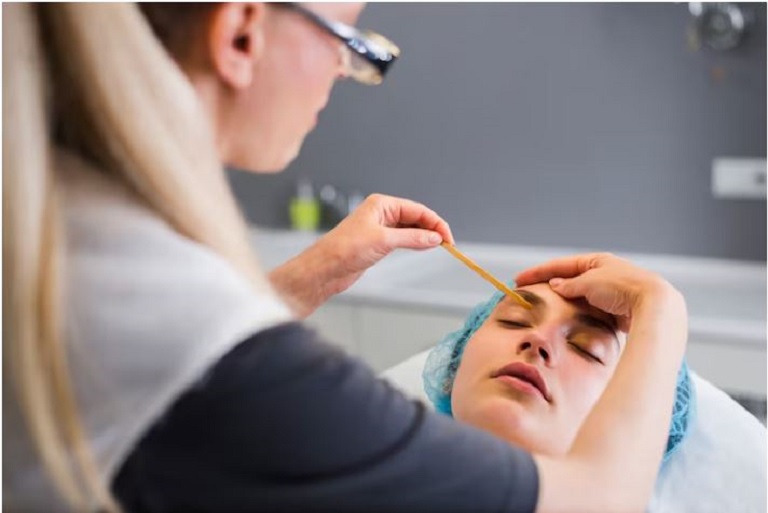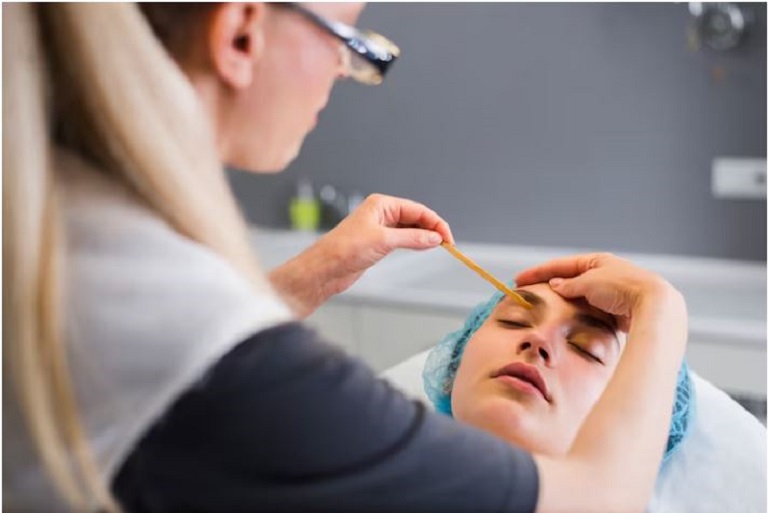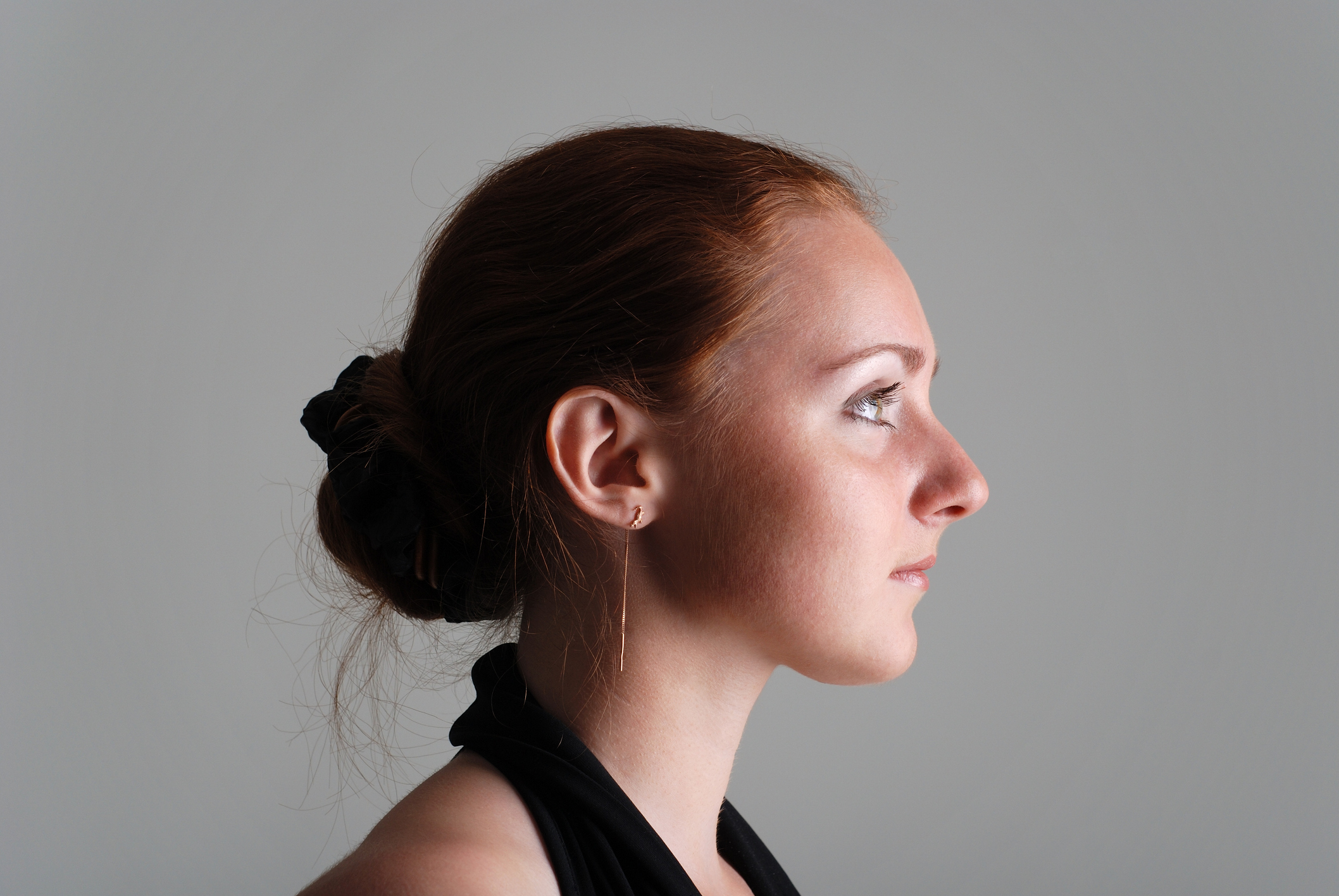
Imagine waking up every day with heavy, sagging eyelids that make you look perpetually tired or struggling to see clearly due to excess skin obstructing your field of vision. These common issues can affect not only your appearance but also your quality of life.
Blepharoplasty surgery, often called an “eyelid lift,” is a cosmetic procedure that has gained significant popularity recently. This surgical intervention is designed to address various concerns related to the eyes. The primary goal is to restore a more youthful and refreshed appearance to the eyelids by removing excess skin and fat, tightening the underlying muscles, and rejuvenating the entire eye area.
However, deciding to undergo any surgical procedure, especially involving the delicate and highly visible area around the eyes, requires careful consideration. Is Blepharoplasty worth it? Beyond the superficial allure of rejuvenated eyes, there are more profound questions to ponder.
| Table of Contents What is Blepharoplasty Surgery?The Pros of BlepharoplastyConsiderations For BlepharoplastyCandidates for BlepharoplastyConsultation Process With a ProfessionalChoose a Qualified SurgeonExperience Adequate Blepharoplasty Surgery at Cilento Facial Plastics |
What is Blepharoplasty Surgery?
Blepharoplasty, derived from the Greek words “blepharon” (eyelid) and “plastia” (shaping), is a surgical procedure aimed at rejuvenating the appearance and functionality of the eyelids. This cosmetic surgery can be performed on the upper and lower eyelids, separately or in combination, depending on the individual’s needs and goals.
- Upper Blepharoplasty primarily targets the upper eyelids, where aging often manifests as excess skin that creates a heavy, hooded appearance. The procedure involves making carefully concealed incisions along the natural creases of the eyelids, enabling the surgeon to remove surplus skin and fat and tighten the underlying muscles if necessary. The result is a more open, alert, and youthful eye contour.
- Conversely, Lower Blepharoplasty surgery addresses concerns related to the lower eyelids. This area is prone to puffiness caused by fat deposits and loose skin, leading to the dreaded under-eye bags. To correct this, an incision can be made just below the lower lash line or within the lower eyelid, allowing the surgeon to remove or redistribute excess fat and tighten lax skin.
The Pros of Blepharoplasty
Let’s discuss the notable advantages of Blepharoplasty surgery:
- Youthful Appearance: One of the most apparent benefits of Blepharoplasty is restoring a more youthful and refreshed look. By removing excess skin and fat, the procedure helps eliminate the sagging and puffiness that can make you appear older and perpetually tired.
- Improved Vision: For those whose vision is obstructed by drooping upper eyelids, blepharoplasty can be a game-changer. By repositioning the eyelids, the surgery can expand your field of vision, making daily activities, such as reading or driving, more comfortable and safe.
- Enhanced Self-Confidence: The eyes are a focal point of the face, and how they look can significantly impact your self-esteem. Blepharoplasty can boost your self-confidence by rejuvenating your appearance, making you feel more attractive and self-assured.
- Long-Lasting Results: Unlike some non-surgical cosmetic treatments that require frequent maintenance, the results of Blepharoplasty are generally stable. Once the excess skin and fat are removed, you can enjoy the benefits for years.
- Minimal Scarring: Skilled surgeons take great care to make incisions in inconspicuous areas, such as the natural creases of the eyelids. This results in minimal scarring that is often barely noticeable once fully healed.
Considerations For Blepharoplasty Surgery
While the benefits of Blepharoplasty are compelling, it’s crucial to weigh them against specific considerations and potential downsides:
- Surgical Risks: Like any surgical procedure, blepharoplasty carries inherent risks, including infection, scarring, and adverse reactions to anesthesia. While these risks are relatively low, they should be discussed with your surgeon during the consultation process.
- Recovery Period: After blepharoplasty, you can expect some bruising, swelling, and discomfort around the eyes. The recovery period varies from person to person but typically lasts several weeks. It’s essential to plan for downtime and follow your surgeon’s post-operative care instructions.
- Cost: Blepharoplasty is an elective procedure, and the price can vary depending on the surgeon’s expertise and location. It may not be covered by health insurance, so it’s essential to consider the financial aspect before deciding to proceed with Blepharoplasty cost in Houston.
- Realistic Expectations: While Blepharoplasty can provide remarkable results, it’s essential to have realistic expectations. It won’t completely change your appearance but enhances your natural beauty and youthfulness.
Candidates for Blepharoplasty
Not everyone is an ideal candidate for Blepharoplasty surgery. This procedure is typically recommended for individuals who exhibit specific concerns related to their eyelids. The typical candidates include those who:
- Show Signs of Aging: Individuals with sagging, wrinkled skin and puffiness around the eyes due to natural aging often seek blepharoplasty to regain a youthful appearance.
- Experience Vision Obstruction: Those whose sagging upper eyelids obstruct their vision, making daily activities more challenging, may benefit significantly from this surgery.
- Genetic Predisposition: Some people inherit eyelid characteristics that may require correction, even at a younger age.
- Bothered by Appearance: Those who are bothered by the appearance of their eyelids and wish to enhance their overall facial aesthetics.
Consultation Process With a Professional
The journey toward Blepharoplasty surgery begins with a consultation with a qualified surgeon. During this phase, you’ll have the opportunity to discuss your goals, concerns, and expectations. The process typically unfolds as follows:
- Initial Assessment: Your surgeon will conduct a thorough evaluation of your eyelids, assessing factors like skin elasticity, muscle tone, and the presence of excess fat. This assessment helps determine the most suitable approach to address your specific concerns.
- Medical History and Lifestyle Discussion: You’ll be asked about your medical history, current health, and any medications or supplements you take. It’s essential to provide complete and honest information to ensure your safety during the procedure.
- Discussion of Goals: Clearly articulate your goals and expectations during the consultation. Your surgeon will explain what can be achieved with blepharoplasty and may recommend additional procedures, if necessary, to achieve the desired outcome.
- Informed Consent: Before moving forward, your surgeon will thoroughly explain the risks, benefits, and alternatives to blepharoplasty. You’ll be asked to provide informed consent, indicating your understanding and agreement with the procedure.
Choose a Qualified Surgeon
Choosing a qualified surgeon is vital in your Blepharoplasty surgery. Look for a board-certified plastic or oculoplastic surgeon with ample experience, excellent communication skills, and a record of satisfying patients. Ensure they have hospital privileges and operate in an accredited facility. Your surgeon’s qualifications and your confidence in them will significantly influence the safety and success of your blepharoplasty procedure.
Experience Adequate Blepharoplasty Surgery at Cilento Facial Plastics
At Cilento Facial Plastics, we understand the significance of this decision and offer a haven of expertise and excellence in blepharoplasty surgery. Dr. Ben Cilento, a double board-certified facial plastic surgeon, combines his extensive experience with a commitment to personalized care, ensuring that each patient’s unique needs and goals are met with precision and dedication.
In our state-of-the-art facility, safety, patient satisfaction, and outstanding results are paramount. We invite you to explore the possibilities of Blepharoplasty and witness the transformation it can bring to your life under the expert guidance of Dr. Cilento and our dedicated team.
Frequently Asked Questions
Q. Is blepharoplasty covered by health insurance?
In most cases, blepharoplasty is considered a cosmetic procedure and is not covered by health insurance. However, if the surgery is performed to address a medical issue, such as vision obstruction caused by sagging eyelids, insurance coverage may be possible.
Q. Can I combine blepharoplasty with other cosmetic procedures?
Yes, it’s possible to combine blepharoplasty with other cosmetic procedures, such as a facelift or brow lift, to achieve a more comprehensive facial rejuvenation. Your surgeon can discuss the benefits of combining procedures and create a customized treatment plan tailored to your goals.
Q. What is the difference between upper and lower blepharoplasty?
Upper blepharoplasty primarily addresses concerns related to the upper eyelids, such as excess skin and hooded appearance. Lower blepharoplasty focuses on the lower eyelids, targeting puffiness and under-eye bags.
Q. Will I look drastically different after blepharoplasty?
Blepharoplasty enhances your natural appearance rather than creating a drastic change. The goal is to rejuvenate your eyes and make you look more refreshed and youthful, not to alter your overall facial features.
Q. How long should I expect the results of blepharoplasty to last?
The longevity of blepharoplasty results can vary from person to person. However, the effects are generally long-lasting, and many enjoy the benefits for several years. Factors such as your natural aging process and lifestyle choices can influence the duration of results.


